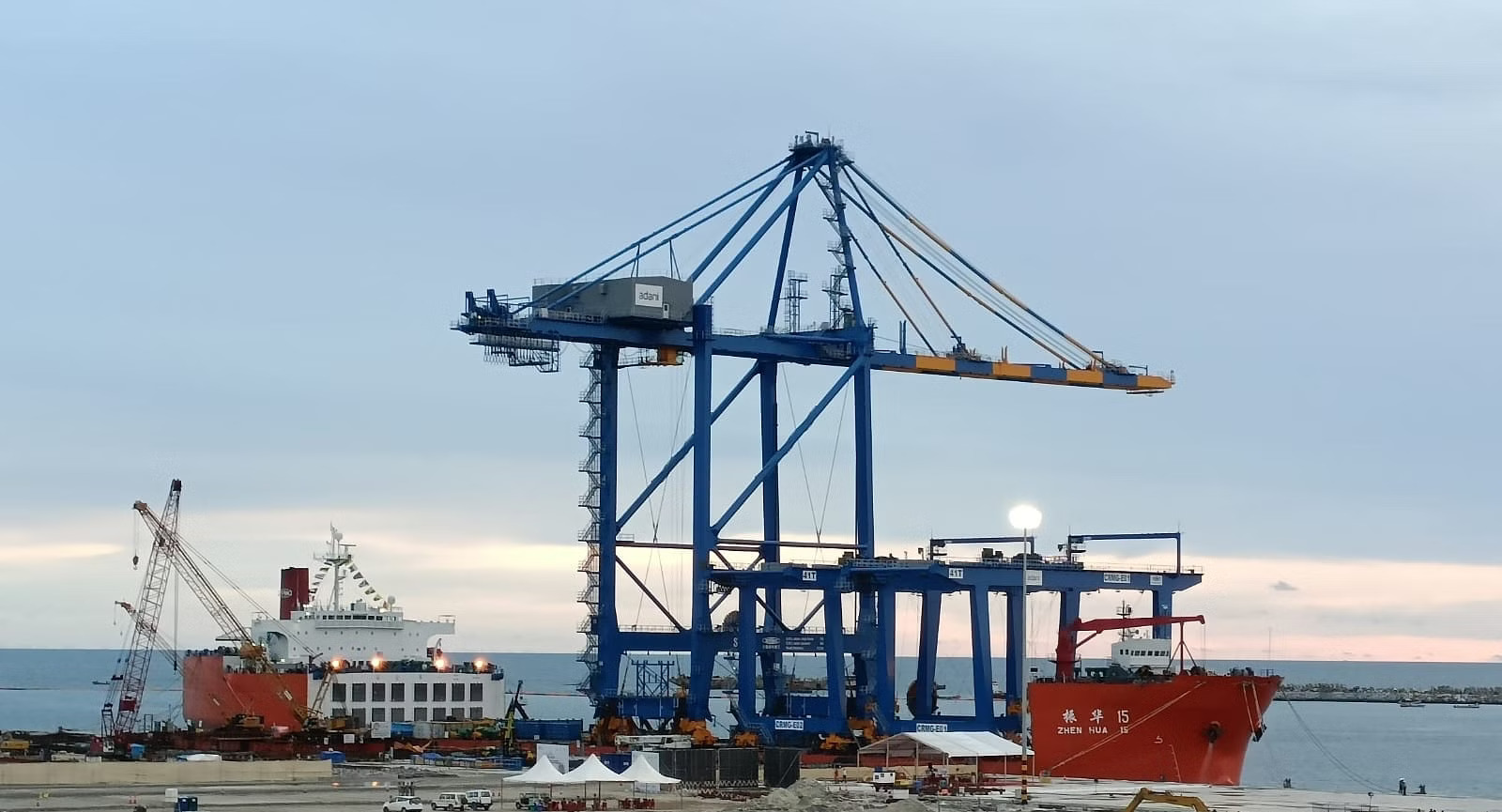
Blog
- Home
- Blog details
Recent Blogs
-
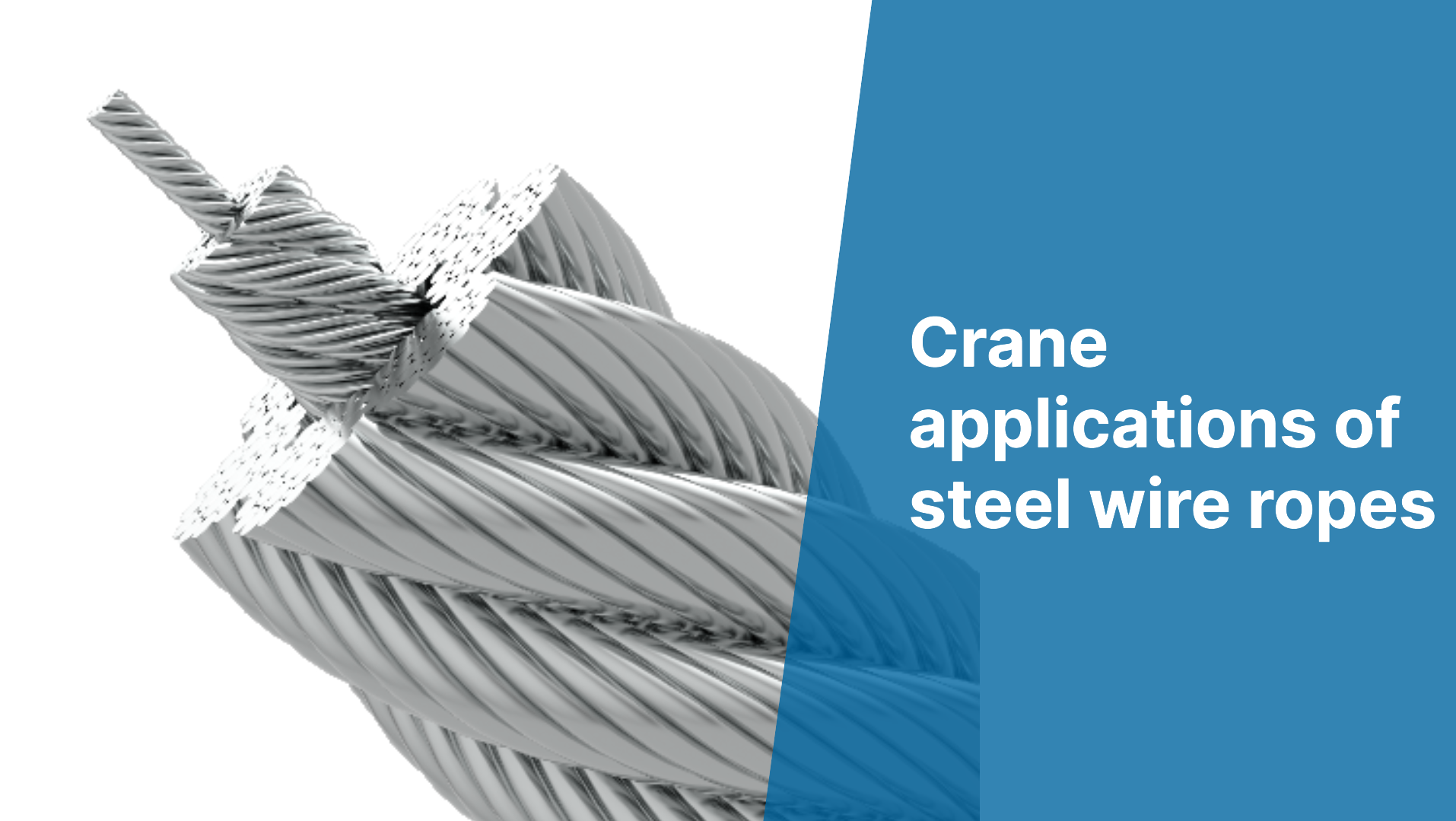
Crane applications of steel wire ropes
26 Apr 2024 -
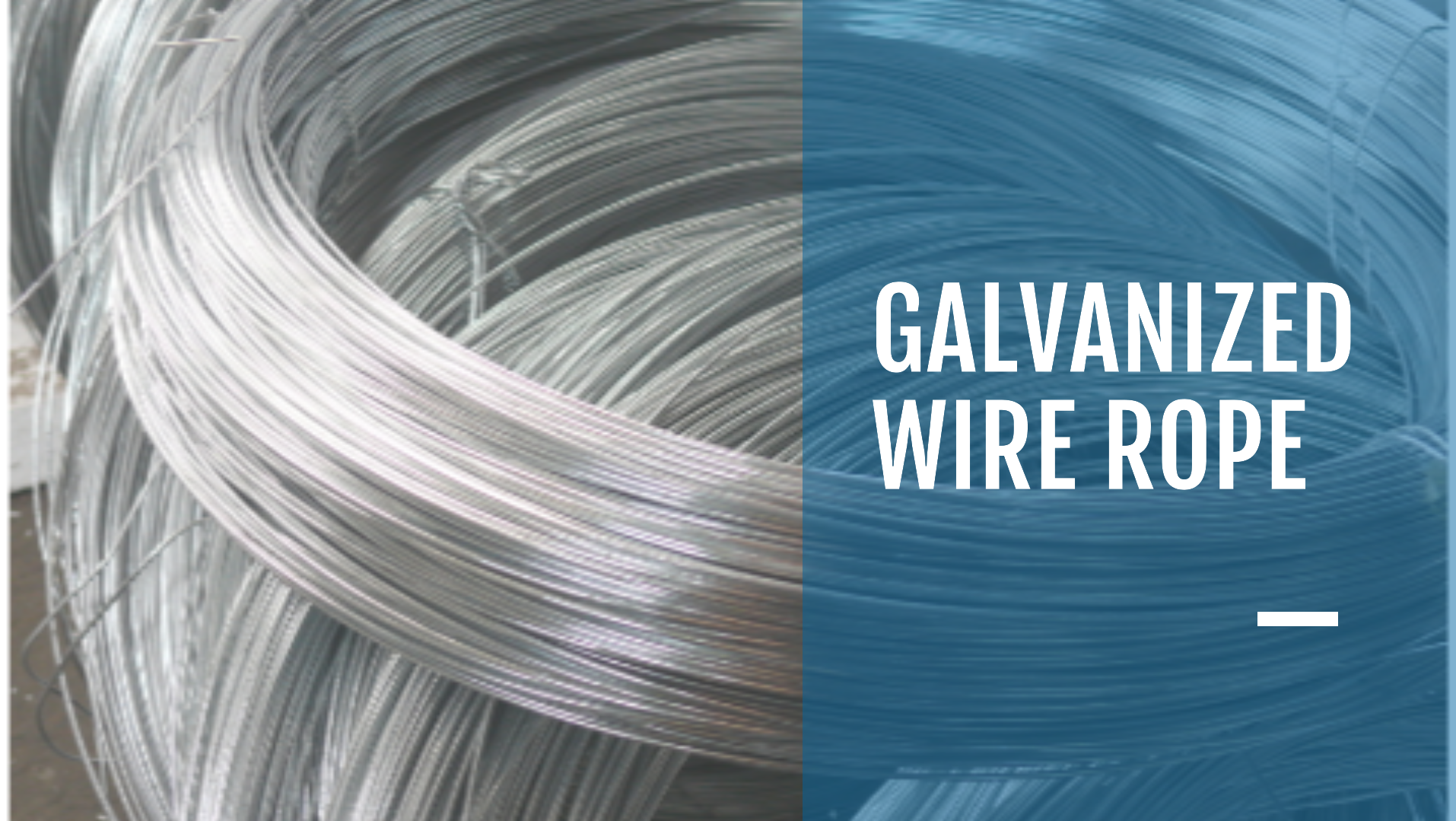
GALVANIZED WIRE ROPE
03 Apr 2024 -
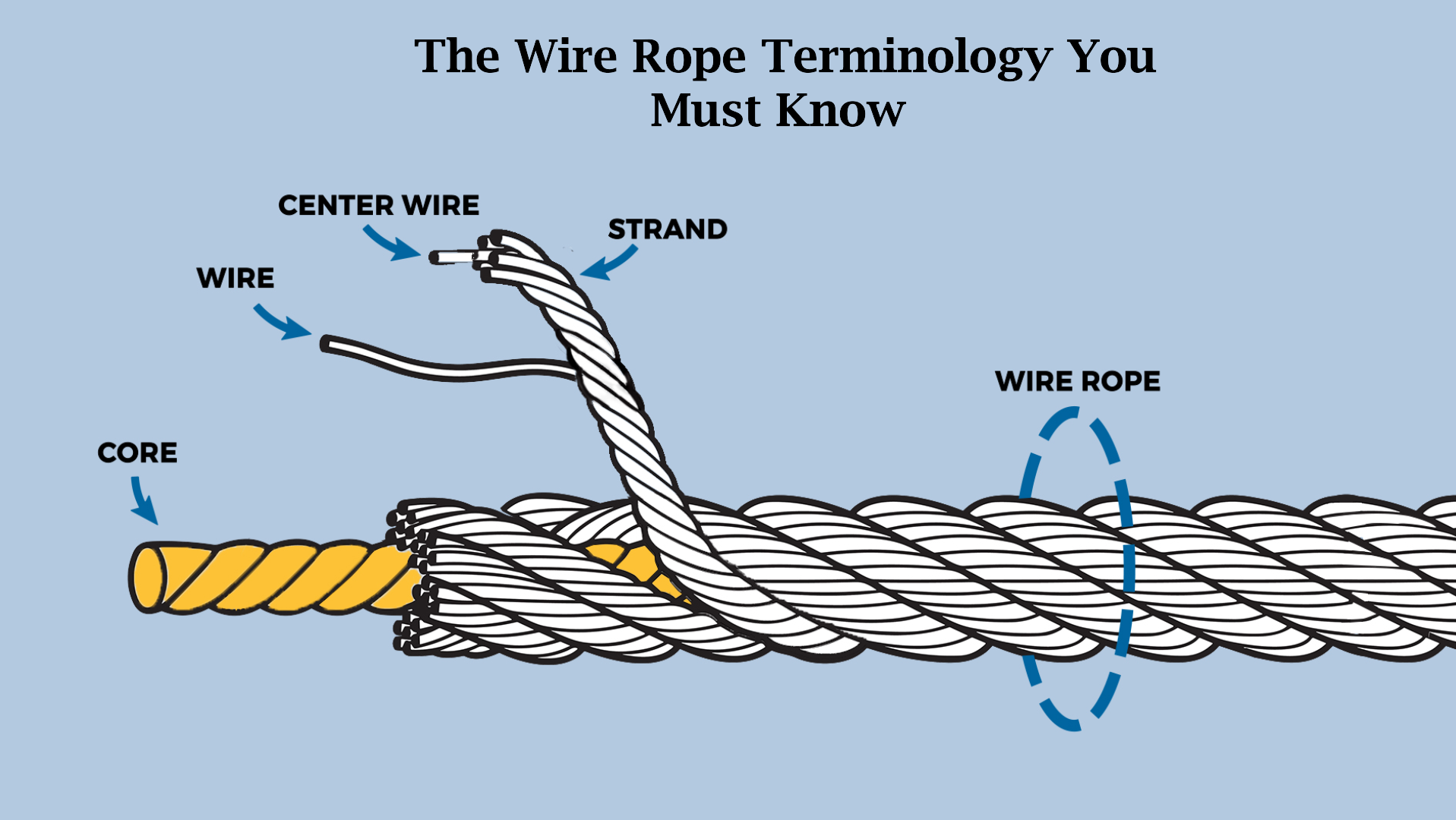
The Wire Rope Terminology You Must Know
26 Mar 2024 -
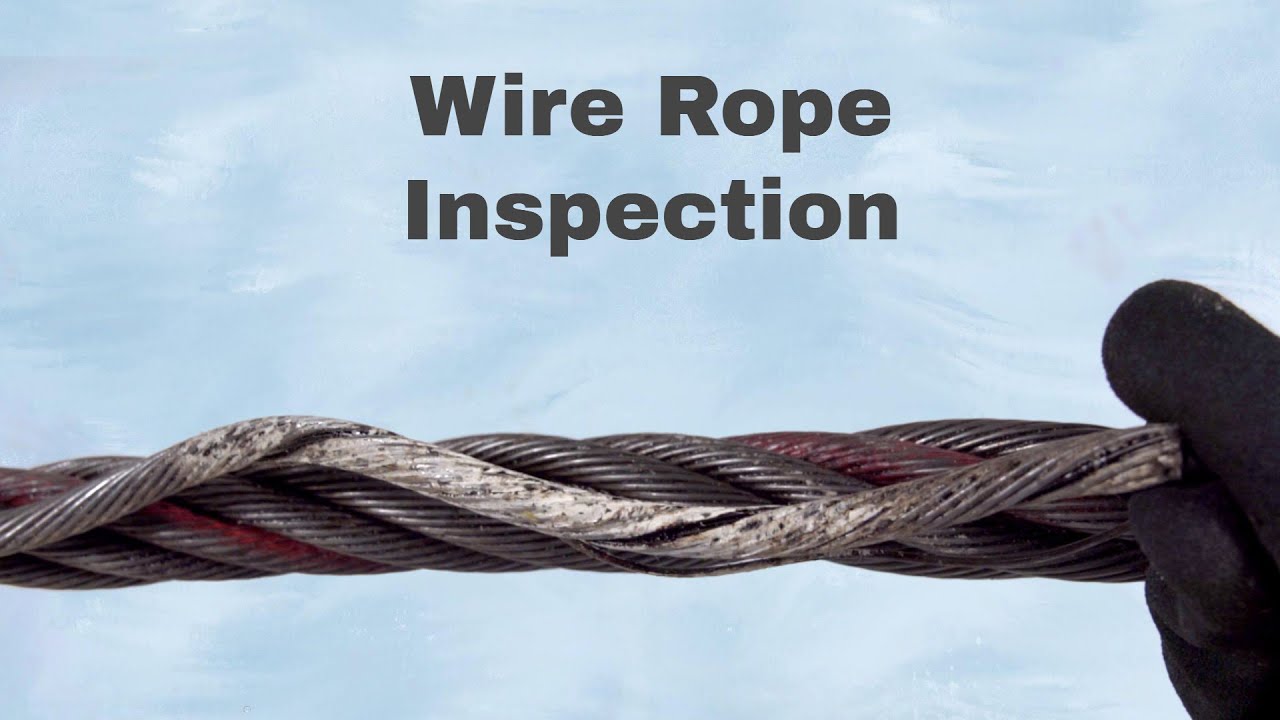
-
